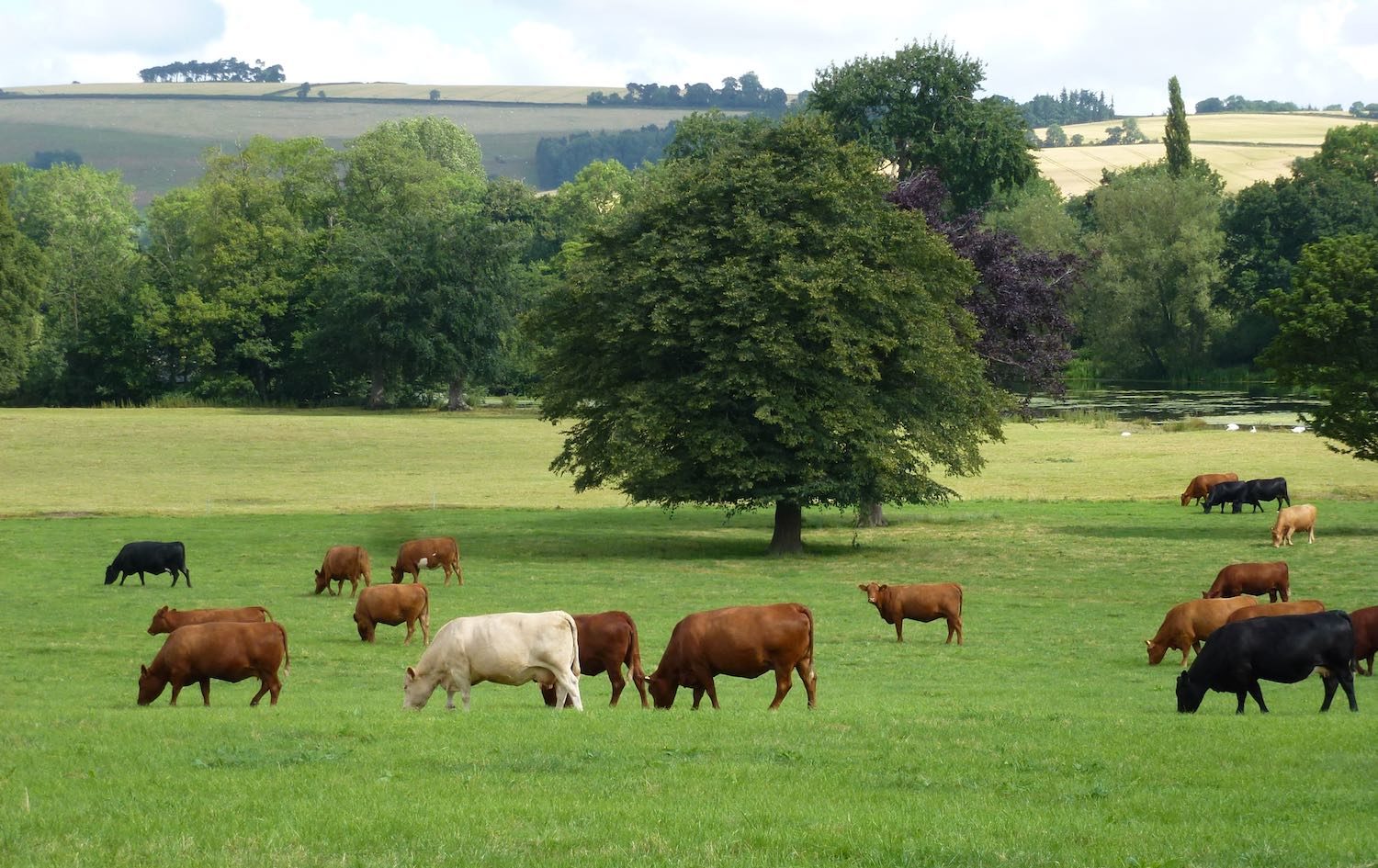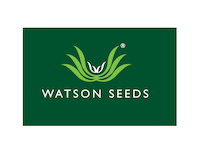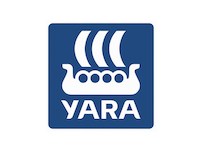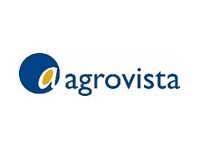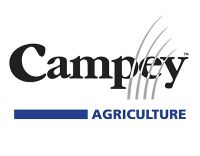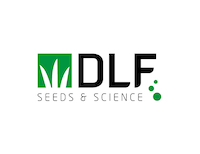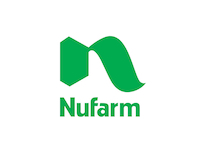About BGS
A brief history of the British Grassland Society
History of BGS
2025 will mark the 80th anniversary of the British Grassland Society. Following a meeting of 20 eminent grassland scientists in 1944, the Society was inaugurated on 20th June 1945 with membership initially restricted to ‘technical people employed by public authority’. At this meeting it was recorded that there were 196 paid-up members, and the first President of the Society was Sir George Stapledon.
The initial limit set on membership numbers of 300 was increased to 600 by 1947 and a proportion of subscriptions were set aside for farmers and ‘trade technicians’. It was agreed that membership should be made up of 67% technical members, 25% farmers and 8% trade. The membership limit was increased again in 1952 to 800, shortly after which all membership restrictions were removed.
By the mid-1960’s the society had almost 1100 members with around 54% from research and advisory services, 23% farmers, 14% from ancillary industries, 8% overseas and 1% honorary members. Membership numbers fluctuated during the next 20 years, falling during the early 1970’s before rising again. Although they took a slight dip in the early 1980’s they had reached almost 1300 by 1985 and continued to rise to a peak around 1990, when there were 1343 recorded. From this point onwards, numbers have steadily declined. In 1995 there were just under 1000 members made up of 63% technical (scientists, advisors, teachers), 29% farmers, 8% trade, proportions which were very similar to the original targets set by BGS in the 1940’s. Current membership stands at just over 400 with 21% technical, 47% farmers and 32% commercial.
The first local grassland society to form and affiliate to BGS was the Surrey Grassland Society in 1954. Others followed, and by the early 1990’s there were 73 local affiliated grassland societies and discussion groups, with around 8000 members. Currently this number lies at 47 groups actively meeting, with a total of just under 4000 members.
BGS activities
The first Summer Meeting occurred following directly on from the inauguration of the society in June 1945, and they have taken place every year since then except for three cancellations due to Foot and Mouth Disease (1952, 1968 and 2001) and one cancellation due to the COVID-19 virus (2020). The three day meeting is based around visits to farms and research institutions, visiting a different area of the UK each year.
Winter Meetings, involving formal presentations of scientific papers generally around a chosen theme, have occurred since the 1940’s. Originally these took place in London on the Friday of Smithfield Week, but later moved away from London due to reduced attendances. Initially, Great Malvern was chosen as the location for future meetings, but the location now varies with each meeting.
Twelve BGS Research Meetings have been held since their inception in 1988. Papers have been welcomed from any aspect of grassland and forage production and utilisation, although the 2021 Research Meeting was specifically based around the topic of Multi-Species Swards. Occasional Symposia have also been a feature of the BGS calendar. These include presentations from research workers, advisors and grassland farmers around a specific theme. Meetings are often held in conjunction with other like-minded organisations.
The BGS National Silage Competition was introduced in 1979 and ran through until 2002 when it was replaced by the BGS Grassland Management Competition, with the aim being to find the farmer who demonstrated ‘excellence in the management of grass and forage for profitable livestock production and care of the land’. The competition had a change of name in 2013 and became the BGS Grassland Farmer of the Year Competition.
The BGS Award was introduced in 1979 to recognise and individual for their ‘an outstanding contribution to the advance of grassland or forage technology’. The first winner of the award was Professor W Holmes from Wye College. The award was conferred annually for 28 years, up until 2006. It has only been awarded three times since then.
Publications
The first issue of the Journal of the British Grassland Society was published in March 1946. It underwent a name change in 1979 to Grass and Forage Science, and continues to publish results of research and development in grass and forage production, management and utilisation. It also publishes results of research examining amenity and recreational uses of grassland and the environmental impact of grassland systems. In 1997 it became the Official Journal of the European Grassland Federation.
The first ‘magazine’ was called Herbivaria and was published from 1963 with the purpose of providing news of local societies and articles of technical interest. In 1970 a number of changes were introduced. The name of the magazine changed to Grass Today, advertising was introduced and each issue had a specific theme. However, the magazine made a financial loss for a number of years and publication was suspended in 1974. The magazine returned as Grass Farmer in 1977 when it was financed by a consortium of seven commercial companies, an arrangement which continued into the late 1980’s. Another name change occurred in 2005 when the magazine became Grass and Forage Farmer, highlighting the importance of other forages for livestock production, and again in 2017 to Grass and Forage Manager to reflect the evolving emphasis of the activities of the BGS and the technical information that is presented. The current circulation for the magazine, in the UK and overseas, is around 4000 copies.
BGS also has an interest in the publication of a number of grassland textbooks, which can be purchased from the online shop.
Supporting the industry
Since the early 1960’s BGS has been involved in a number of projects and initiatives linking with, and supporting, the wider grassland community. The Grassland Recording Scheme, Pasture to Profit and Practice into Profit initiatives all had an early input from BGS.
Currently, BGS works with the Herbage Grass and Clover Recommended List Project Board, promoting the Recommended Grass and Clover Lists for England and Wales. BGS has representation on the RB209 Livestock Technical Working Group, a partnership that produces the Nutrient Management Guide (RB209), published by AHDB.
The Society also seeks to work in partnership with many like-minded industry organisations, such as its corporate members, as well as not-for-profit organisations such as agricultural levy boards.
Bursaries
In 1988 BGS set some money aside from which the annual interest could be allocated to BGS members to ‘help meet travel or education expenses incurred in work or study deemed to be furthering the Society’s objectives’. The general preference is for the award to be given to people under the age of 40 years. For further information about the BGS Travel Bursary Awards, click here.
The Stapledon Memorial Trust was established in 1962 as a tribute to the late Sir George Stapledon, founder of the British Grassland Society. BGS often receives financial support from the Trust for specific activities and events. A number of awards are available for individuals by applying to the Trust e.g. Travelling Fellowship, Vacation Study Awards and Short-term Awards for Recent Graduates.
European Grassland Federation
The idea of the European grassland organisation was put forward in 1962 by BGS, and the European Grassland Federation was formed a year later at the BGS Symposium at Hurley. Eleven European countries were represented at this inaugural meeting. Membership of the EGF is open to national or representative grassland organisations in Europe and currently stands at 32 Full Members. There are also seven Corresponding Members (individual grassland workers in countries that do not have a national or representative organisation).
The objectives of the EGF:
- To facilitate and maintain close contact between European grassland organisations
- To promote the interchange of scientific and practical experience between grassland experts
- To initiate symposia and other meetings between European grassland organisations
EGF General Meetings cover a wide range of research whilst EGF Symposia, organised by member countries address specialist topics. The symposia are held in alternate years between General Meetings. The proceedings of both are published as Grassland Science in Europe. In 1997, the BGS journal Grass and Forage Science also became the journal of the EGF.
Over the years, there have been three EGF Honorary Life presidents from the UK: Dr W. Davies (1963), Dr J. Frame (2000), and Prof R.J. Wilkins (2002)
To find out more about the European Grassland Federation, visit their website https://www.europeangrassland.org/en/
Prins, W.H. (2004) A history of the European Grassland Federation, 1963-2003 Grass and Forage Science 59, 2-7. Click here
Prins, W.H. and Kessler, W. (2014) The European Grassland Federation at 50: past, present and future. Grassland Science in Europe 19, 3-11. Click here
Sir George Stapledon
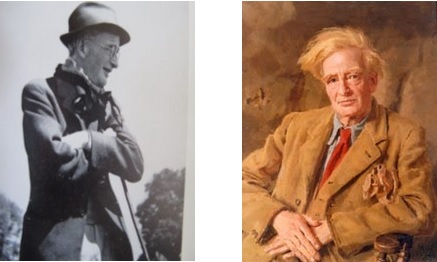
The following articles provide a much more detailed history of BGS.
The history and development of the British Grassland Society
Professor Martin Jones (1970)
Grass and Forage Science 25 (3) pp 195-197
Online (DOI): 10.1111/j.1365-2494.1970.tb00614.x
The British Grassland Society: the first 40 years
R.A. Powell and Rosemary G. Corrall (1985)
Grass and Forage Science 40 (4) pp 383-402
Online (DOI): 10.1111/j.1365-2494.1985.tb01770.x
A History of the British Grassland Society, 1945-1995.
Powell, R.A., Corrall, A.J. and Corrall, Rosemary. G. (1995)
In: Pollott G.E. (ed) Grassland into the 21st Century. British Grassland Society Occasional Symposium No. 29, 2-30.
An account of the activities and organisation of the British Grassland Society from 1995 to 2005
D Arthur Davies (2005)
Institute of Grassland and Environmental Research, Bronydd Mawr, Trecastle, Brecon, Powys LD3 8RD
To view the article, click here.
